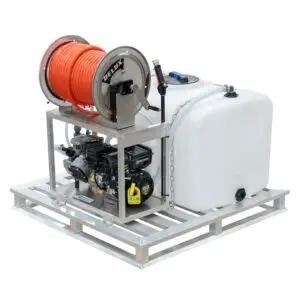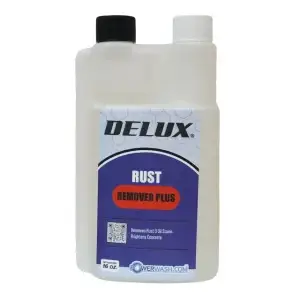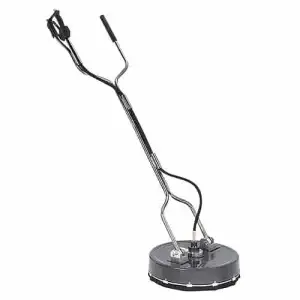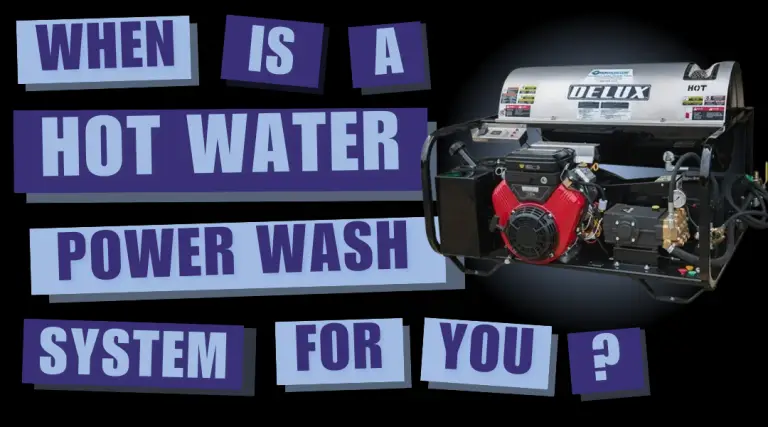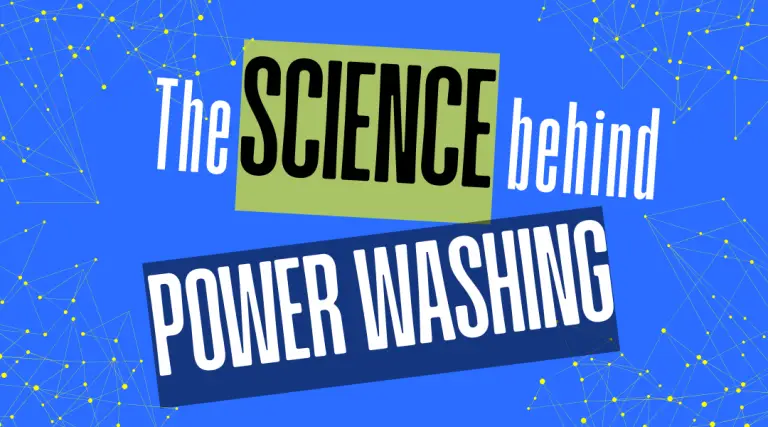- Home
- /
- Spray Tips
- /
- Learn How to Protect Plants and Shrubs when Soft Washing
Subscribe To Our Newsletter
Stay in the know on the latest products, deals, events, tips & tricks.
Social Media
Popular Products
-
All Pressure Washers
100 Gallon Tank Soft Wash Skid – Vanguard Engine, 11 gpm Pump, Aluminum Skid – Stallion Small Truck Batch
$6,629.97 -
-
Awning Cleaning
Rust Remover Plus Pressure Washing Chemical: Achieve Fast, Professional Results!
$14.47 -
Learn How to Protect Plants and Shrubs when Soft Washing
Bleach is used in the roof washing process to kill moss, algae, and lichen with low pressure. When the bleach used to kill organic matter on the roof runs off onto the landscaping, it can also kill the plants and trees. Fortunately, there are some simple things you can do to protect plants and shrubs when soft washing.
Pre-Wet the Plants and Shrubs
Before you start to apply your roof mixture, walk through the job site, and coat all plants and trees with water. Pay attention to plants that fall directly below the roof-line. The water will help protect the leaves from potential chemical burns caused by bleach. You can use a garden hose with a sprayer to protect plants and shrubs when soft washing, but garden hoses are not always reliable. Flow rates can vary at different locations. Use a high flow pressure washer, like the Prowler, with a holding tank to maximize your speed and coverage. A holding tank provides a reservoir of water so an 8 – 10 gallon per minute pressure washer can maintain a steady flow. The higher flow allows you to spend less time covering an area before you can move to the next area faster.
Use Tarps
Smaller bushes and shrubs can be protected with tarps. You can use 8-foot-wide 1.5 mil clear plastic to protect plants and shrubs when soft washing but remember to watch them carefully. The plastic can sometimes act like a greenhouse and heat the plants up too much.
Bag Downspouts
Catch run-off from the roof by positioning trash bags at downspouts and adhering them with tape. A piece of cardboard under the trash bag can help prevent punctures. If a gutter does not have a downspout, use a five-gallon bucket. The trash bags and buckets will protect plants and shrubs when soft washing by stopping the roof mix from soaking into the ground0
Use a Professional Surfactant
Bleach enhancers like Sap-It help bleach cling to rooftops. They increase dwell time, slow run-off, and reduce the amount of bleach needed to clean. In other words, surfactants help the bleach stay where you put it, so you need less of it to kill the organic matter on the roof. Professional surfactants reduce the amount of run-off and help you protect plants and shrubs when soft washing.
Spray the Bottom First
Use a fan tip nozzle to coat the bottom of the roof with your bleach solution. Then switch to an Assassin Nozzle to reach the peaks. Coating the first four feet of the roof above the gutter will create a barrier to chemical run-off. The Assassin Nozzle will project your bleach mixture onto the roof with less misting. This helps you put the bleach where it needs to go instead of accidentally showering the vegetation below.
Keep the Vegetation Moist
Roof washing is a two-person job. One person sprays the roof mix on the roof while a second person sprays fresh water on the vegetation surrounding the house. The water will protect plants and shrubs when soft washing by coating leaves and diluting the roof mix. The ground person is also responsible for keeping the job site clear, managing hoses, and any other safety issues that may arise.
Keep an Eye on the Forecast
Bleach mixtures left on a roof will typically become inert within 24 hours of drying. If the weather is clear, the bleach will dry and wash away with the next storm as a harmless salt. Watch the weather closely to make sure that it does not rain within the first 24 hours of a roof cleaning. Rain will prevent the bleach mixture from drying and cause it to run-off onto the landscaping.
PowerWash Academy offers two online courses for soft washing. Roof Washing 201 and House Washing 201 will provide more details about job site safety, how to protect plants and shrubs when soft washing, and procedures for documenting previous damages.
PS: This article is a response to a question we received on one of our blogs. If you have a question, please leave a comment, or send an email.
Share This Post
More To Explore
Tax Benefits For Power Washing Professionals
Navigating the complexities of tax planning can be a daunting task for power washing professionals, yet it’s a crucial aspect …
Top 5 Must-Have Attachments to Elevate Your Power Washing Efficiency and Precision
Attachments for power washing systems are essential tools that significantly enhance the effectiveness, speed, and precision of professional cleaning jobs. …
When Should You Get A Hot Water Power Wash Machine?
When a Hot Water Power Washing System is Your Best Choice When deciding between a hot water power washing machine …
The Science Behing Power Washing
The Science Behind Effective Power Washing The science behind power washing is a balance of pressure, water, and chemical solutions …



